Tag: ventilator
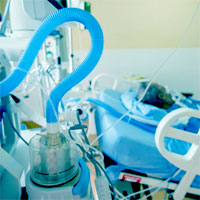
Development and assessment of the performance of a shared ventilatory system
Using standard clinical components, a system of shared ventilation consisting of two ventilatory limbs was assembled and connected to a single ventilator. Individual monitors for each circuit were developed using widely available... read more

Response to optic nerve sheath diameter guided detection of sepsis associated encephalopathy
regarding the blind method, being uninformed of the clinical diagnoses of patients is unavailing, since clues will still be found in patients' clinical manifestations. Therefore, two trained physicians in intensive ultrasound... read more
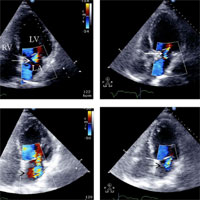
LV Overloading Identified by Critical Care Echocardiography is Key in Weaning‑induced Pulmonary Edema
Spontaneous breathing trial (SBT) failure due to WIPO appears related to overloaded LV, including the worsening or development of mitral regurgitation, associated with excessive accumulated fluid balance. SBT-induced central... read more
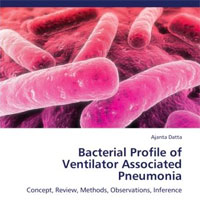
Bacterial Profile of Ventilator Associated Pneumonia: Concept, Review, Methods, Observations, Inference
ICU is a hotbed of infections and measures are taken to prevent these infections. Ventilator associated pneumonia is one of the Intensive Care Unit related infections. This book tells us what ventilator associated pneumonia... read more
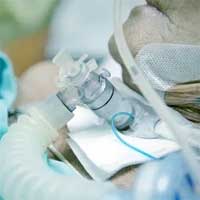
Efficacy and Safety of a Paired Sedation and Ventilator Weaning Protocol in ICU
Approaches to removal of sedation and mechanical ventilation for critically ill patients vary widely. Our aim was to assess a protocol that paired spontaneous awakening trials (SATs)—ie, daily interruption of sedatives—with... read more

Ventilator Management in the Age of COVID-19
In the age of coronavirus disease-19 (COVID-19), conservation of personal protective equipment (PPE) represents an urgent public health priority. Vargas et al. describe a logistic project and organizational plan to prevent... read more

Thousands Who Got COVID-19 in March Are Still Sick
COVID-19 has existed for less than six months, and it is easy to forget how little we know about it. The standard view is that a minority of infected people, who are typically elderly or have preexisting health problems,... read more
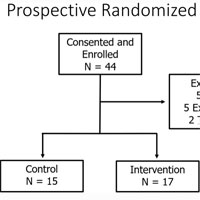
The Utility of Diaphragm Ultrasound in Reducing Time to Extubation
Predicting the optimal time for extubation is challenging, especially in patients with underlying diaphragm dysfunction. Incorporating ultrasound information on diaphragm function into usual care allowed clinicians to identify... read more
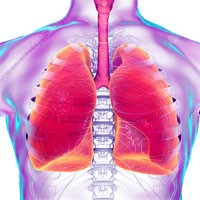
Supine Body Position As a Risk Factor for Nosocomial Pneumonia in Mechanically Ventilated Patients
The frequency of clinically suspected nosocomial pneumonia was lower in the semirecumbent group than in the supine group. This was also true for microbiologically confirmed pneumonia. Supine body position were independent... read more
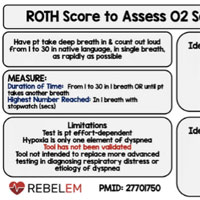
Trying Not to Intubate Early & Why ARDSnet may be the Wrong Ventilator Paradigm
Many of us have been working under the paradigm that COVID-19 PNA eventually develops into ARDS in the sickest patients. It appears to me that these patients don’t fit into this paradigm. Many have normal to high compliance... read more
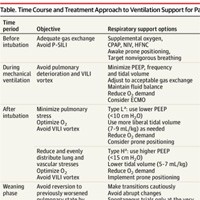
Management of COVID-19 Respiratory Distress
Acute respiratory distress syndrome (ARDS) can originate from either the gas or vascular side of the alveolus. Although the portal for coronavirus disease 2019 (COVID-19) is inhalational, and alveolar infiltrates are commonly... read more
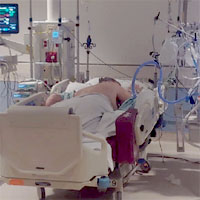
Patient Self-proning with HFNC Improves Oxygenation in COVID-19 Pneumonia
A high-flow nasal cannula (HFNC) is commonly used in the management of hypoxic respiratory failure, and is associated with more ventilator-free days and lower mortality compared with standard oxygen therapy or non-invasive... read more
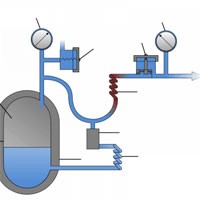
Use of High Flow Oxygen Therapy Devices During the COVID-19 Epidemic
Medicines & Healthcare Products Regulatory Agency (MHRA) released a Central Alerting System (CAS) notice about the risk of a sudden pressure drop in oxygen supply pipes if demand through multiple wall outlets exceeds the... read more
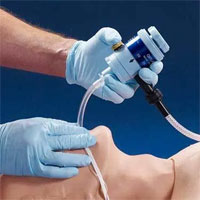
Small Compact Resuscitation Device Safely Used on Patient with COVID-19
A small compact and portable resuscitation ventilation device built by PRIMEDIC OXYLATOR, was safely used to treat a patient with COVID-19 pneumonia in the intensive care unit (ICU). The Oxylator from Primedic is a combination... read more




